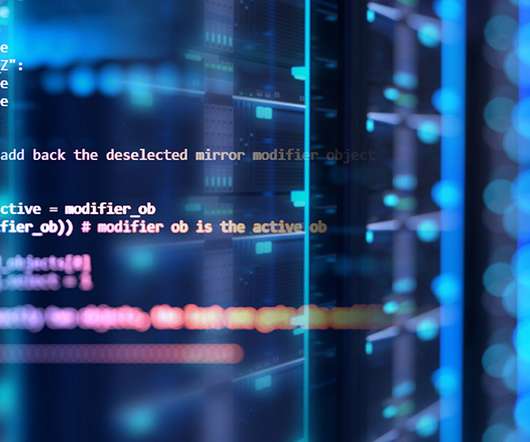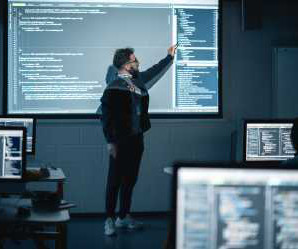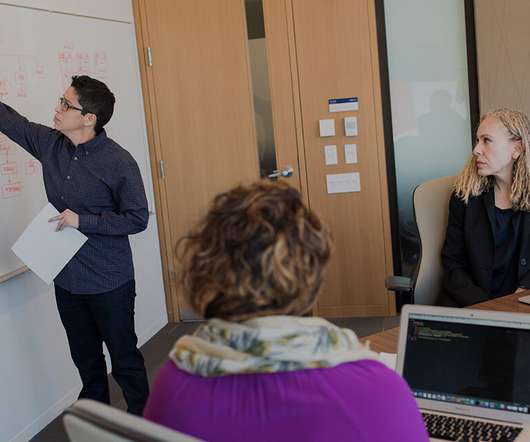Difference between Computer Science and Information Technology
The Crazy Programmer
SEPTEMBER 17, 2020
Computer Science people are mainly focused on software, operating systems, and implementation. Computer Science students will learn the fundamentals of different programming languages, discrete mathematics, software design, and development. We can say that Computer scientists can talk to computers. Mobile, Tablet, etc.).















Let's personalize your content